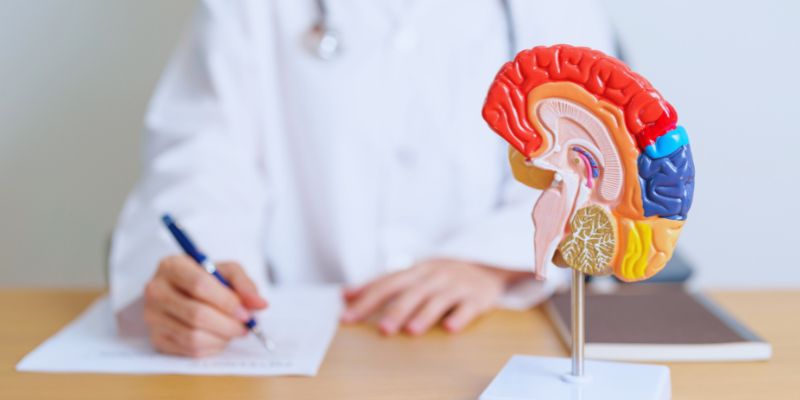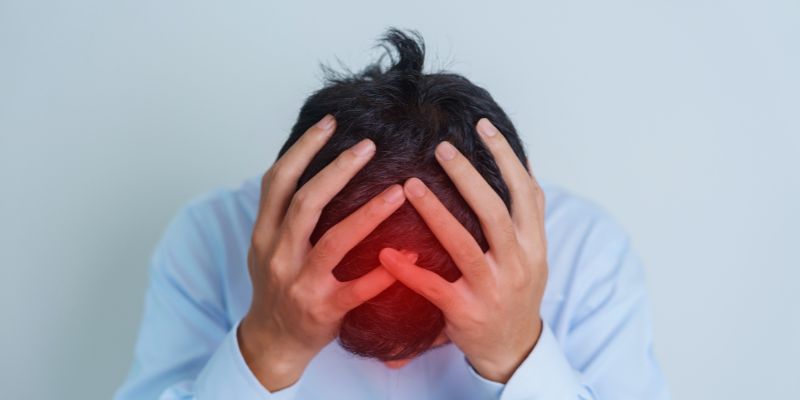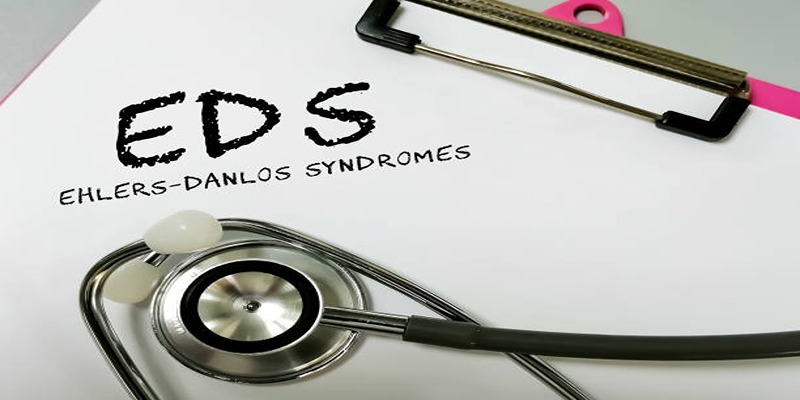What Is Astrocytoma: A Beginner's Guide to Understanding Brain Tumors
Advertisement
Astrocytoma is a kind of brain cancer that starts in star-shaped brain cells called astrocytes. These cells are a subset of glial cells that defend and assist nerve cells. Astrocytomas may develop anywhere in the brain and spinal cord. The grade of the tumor determines its degree, which ranges from slow-growing to aggressive. While some kinds spread rapidly, others develop slowly and have minor symptoms. The tumor's size, location, and grade will determine treatment choices.
Common treatments include chemotherapy, radiation, and surgery. Early diagnosis and therapy increase the possibility of controlling the disorder. Symptoms could include memory issues, convulsions, and migraines. Knowing astrocytomas aids families and patients in making wise decisions. This article clarifies the varieties, symptoms, causes, and therapies of astrocytomas.

Types of Astrocytoma
The degree of growth rate and severity determines four classifications for Astrocytomas.
- Grade 1: Pilocytic Astrocytoma: This slow-growing tumor usually affects children and young adults and develops in the cerebellum, the area of the brain in charge of movement regulation. Pilocytic astrocytomas hardly ever extend to other brain areas. Often enough, surgery can fully remove them. Many patients bounce back nicely after treatment.
- Grade 2: Diffuse Astrocytoma: Though it grows slowly, this tumor can migrate into adjacent brain tissue. It is more frequent in young individuals and might not produce symptoms immediately. It can become a more aggressive tumor with time. Treatment calls for surgery first, then radiation or chemotherapy, depending on need.
- Grade 3: Anaplastic Astrocytoma: This tumor, quickly developing, spreads into nearby brain tissue. Considered cancerous, it calls for intensive treatment. Symptoms come on fast and could get worse with time. Often, treatment calls for radiation, chemotherapy, and surgery.
- Grade 4: Glioblastoma: Glioblastoma is the most aggressive form of astrocytoma. It proliferates fast and covers the brain. Symptoms strike abruptly and get worse quickly. Though it is difficult to cure, treatment consists of surgery, radiation, and chemotherapy. Patients need continuous medical treatment and assistance.
Symptoms of Astrocytoma
The tumor's size, location, and grade determine the variations in astrocytoma symptoms. Typical symptoms include seizures, which could strike without a history, and ongoing headaches that get worse with time. Particularly if the tumor raises head pressure, many patients suffer from nausea, vomiting, and vertigo. Common results of daily activities are memory loss, forgetfulness, and trouble focusing. Some persons have difficulty finding words or grasping language, developing speech difficulties. If the tumor compromises the optic nerves, vision changes may follow, including double or blurred vision.
Arms or legs could become weak or numb, making it hard to move around. When the tumor is in the cerebellum, balance and coordination problems are prevalent. Changes in personality and behavior—including mood swings or aggression—may also show themselves. The aggressiveness of the tumor will determine whether symptoms start slowly or abruptly. Early diagnosis and therapy depend on medical assessment if these symptoms continue or worsen.

Causes and Risk Factors
Although astrocytoma's precise origin is unknown, some elements could raise the likelihood of astrocytoma development in a brain.
- Genetic Mutations: Variations in particular genes can result in aberrant cell development, which fuels the creation of tumors. Some people inherit genetic alterations that increase their likelihood of brain tumors. Astrocytoma is more likely in disorders such as Li-Fraumeni syndrome and Turcot syndrome. These inherited diseases impact tumor-suppressing genes, facilitating the uncontrollable growth of aberrant cells.
- Radiation Exposure: Those subjected to high radiation levels—especially over extended periods—have more risk of astrocytomas. It covers those who have had radiation treatment for other diseases, including leukemia or head and neck malignancies. Tumor development may also be influenced by regular ambient radiation exposure—that from nuclear events.
- Age and Gender: Though some forms are more common in particular populations, astrocytomas can strike anyone at any age. While aggressive glioblastomas are more common in older persons, pilocytic astrocytoma is primarily encountered in children and young adults. Men run a somewhat higher risk than women of astrocytomas.
- Chemical Exposure: Brain tumors may be more likely in those who come into contact with several dangerous chemicals, including solvents, insecticides, and industrial pollutants. Those employed in sectors related to rubber, petroleum, or heavy metal products may be more vulnerable. The precise relationship between chemical exposure and astrocytoma growth is still under investigation.
Treatment Options for Astrocytoma
The grade and location of the tumor will determine how astrocytoma is treated.
- Surgery: Surgery is often the first step in healing. Doctors try to eliminate as much of the growth as possible. For cancers that aren't very bad, surgery might be enough. More treatments are needed for worse cancers.
- Radiation Therapy: High-energy lasers aim to find and kill tumor cells. Radiation is used to get rid of tumors when treatment is not an option. It also helps keep the growth from coming back. After surgery, radiation is often used to kill any cancer cells that are still there.
- Chemotherapy: Cancer cells are killed, or medicines slow down their growth. Radiation and chemotherapy are sometimes used together to treat severe cancers. It could be given through an IV or as a pill. Cancer cells can't grow or divide properly when chemotherapy is used.
- Targeted Therapy: Some astrocytomas respond to certain medicines because of gene changes. Targeted treatments stop tumors from growing and deal with these changes. This treatment is still being tested in people. The main goal of this medicine is to stop certain molecules that help tumors grow.
- Supportive Care: People may want medications to help with pain, swelling, or seizures. Therapy and guidance can also help improve the quality of life. Supportive care also includes help with food and therapy for mental health issues.
Conclusion:
One kind of brain cancer with varying degrees and growing pace is Astrocytoma. Early diagnosis and therapy help to increase the likelihood of ailment management. Symptoms, including memory loss, seizures, and migraines, might disrupt daily living. Among the risk factors are chemical, radiation, and genetic alterations. Treatments, including chemotherapy, radiation, and surgery, help to slow down tumor development. A patient's quality of life is much enhanced by supportive treatment. Knowing astrocytoma helps patients and relatives to make wise medical decisions. Enhanced treatment results and increased well-being depend on regular visits and medical care.
Advertisement












